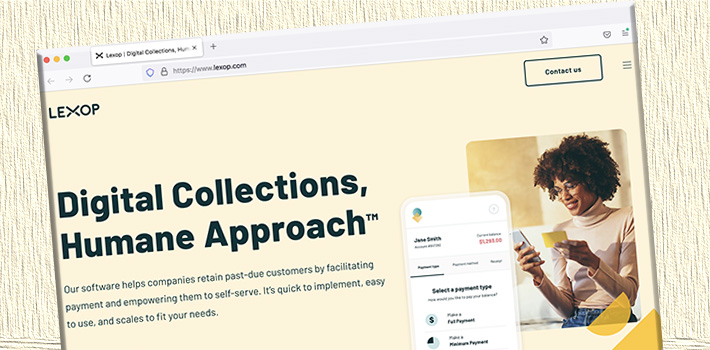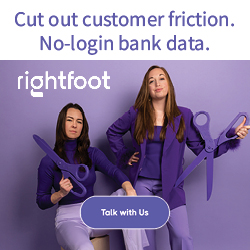The Customer’s Past Due, What Do You Do?
 There’s an old saying about it being easy to lend money, the hard part is getting it back. The implied lesson is that lenders need to be selective with who they lend money to, lest they be overrun with defaults. But perhaps the hard part is not entirely about whether or not the lender lends to the right borrowers but also about implementing a system that makes getting the money back from the people they believe are good candidates in a frictionless manner. Because more often than not, failing to make a payment is not actually caused by a shortage of funds.
There’s an old saying about it being easy to lend money, the hard part is getting it back. The implied lesson is that lenders need to be selective with who they lend money to, lest they be overrun with defaults. But perhaps the hard part is not entirely about whether or not the lender lends to the right borrowers but also about implementing a system that makes getting the money back from the people they believe are good candidates in a frictionless manner. Because more often than not, failing to make a payment is not actually caused by a shortage of funds.
“Two thirds [of the time it’s] non-monetary related reasons,” said Michael Pupil, VP of Sales at Lexop, to deBanked, “So like credit cards expiring, accounts switching over or they haven’t switched it into the right account, or the PAP [Pre-authorized Payment] expires, a wrong email address or a wrong mailing address, because they move; A ton of different reasons.”
For a company founded in 2016 and doing business throughout the US and Canada, this statistic was an ‘ah-ha’ moment to Lexop. Lexop’s goal is to improve the past-due payment process for lenders or any business that bills its customers. To do this, it communicates with customers by email and text message and provides a frictionless pathway to payment.
“We are payment gateway agnostic,” said Pupil, “and I think that’s the first place to start. Because how an organization collects those funds today doesn’t change. And I think that’s important from a stability and an ease of use standpoint for each customer that we work with.”
It’s also a white-label system so customers would never know that Lexop was involved in the process. There’s no phone call from a collections department or scary letter in the mail.
“The most important mission for Lexop, when we work with our customers, is to never make a customer’s customer feel like they are delinquent or late or ostracized like that, that emotional feeling of being late on a bill, if we can reduce that by a discreet easy tool to just kind of let it flow the way that they want when they want on the device that they want, I think they will appreciate that offer from their lender,” Pupil said.
It might seem intuitive, fine tuning the process for past-due customers to make payments, but Pupil shared that he’s seen a lot of tech and fintech players over the last decade focus the bulk of their efforts on the frontend of the user experience, to improve the application process or to make a loan in the most efficient way possible.
“That gap is again, is on the backend,” he said. “And when you say you’re investing all this money on developing security for an app or 3d technology or meeting customers in the metaverse and then you send a piece of paper to collect on the money, like it just doesn’t make sense. And there’s a gap there.”
Presumably, Lexop’s customers would already have some kind of process in place for borrowers that are past-due and so Lexop focuses on improving the outcomes for them in a manner consistent with their existing brand experiences.
“There is an easier, better way of just coordinating the technology stack as a whole to align the experience that you’re setting at the beginning of the customer journey to also include the backend and the continued management of that journey for the client,” Pupil said.
Last modified: December 12, 2022Sean Murray is the President and Chief Editor of deBanked and the founder of the Broker Fair Conference. Connect with me on LinkedIn or follow me on twitter. You can view all future deBanked events here.































